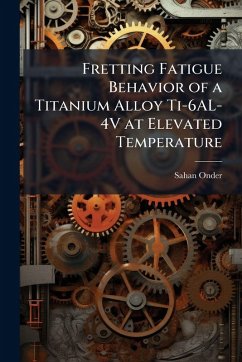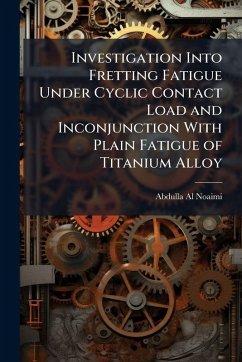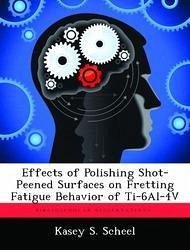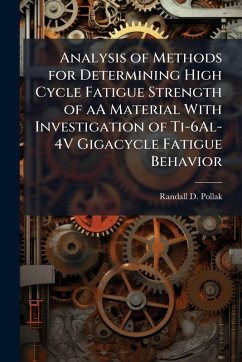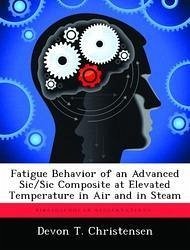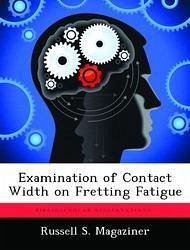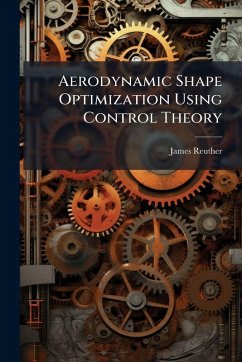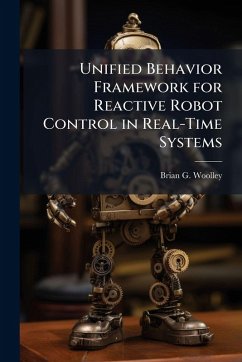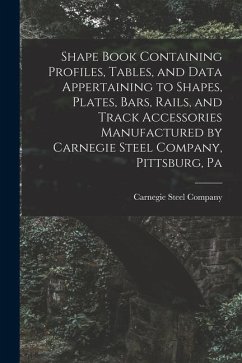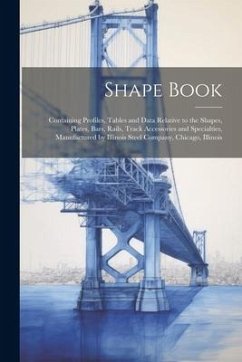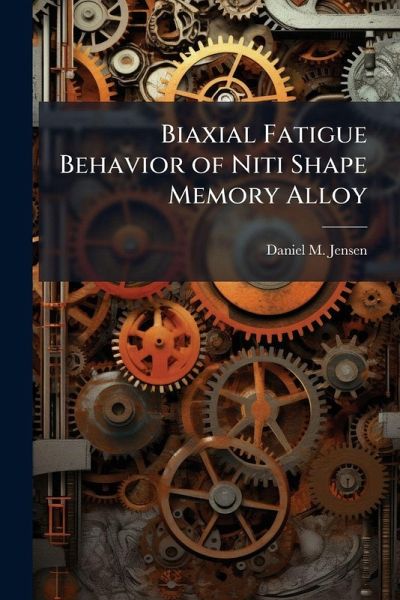
Biaxial Fatigue Behavior of Niti Shape Memory Alloy
Versandkostenfrei!
Versandfertig in über 4 Wochen
17,99 €
inkl. MwSt.
Weitere Ausgaben:

PAYBACK Punkte
9 °P sammeln!
Nitinol is a shape memory alloy (SMA) capable of martensite-to-austenite phase transformations enabling shape-memory behavior. Shape-memory properties make Nitinol a strong candidate material for use in aircraft applications such as actuators. Structural integrity and reliability of torque tube actuators must be assured before this material can be used in flight-critical components. Thorough understanding of the fatigue response of the material is essential for a structurally-sound SMA actuator design. The present effort investigates pure torsion and combined tension-torsion fatigue behavior o...
Nitinol is a shape memory alloy (SMA) capable of martensite-to-austenite phase transformations enabling shape-memory behavior. Shape-memory properties make Nitinol a strong candidate material for use in aircraft applications such as actuators. Structural integrity and reliability of torque tube actuators must be assured before this material can be used in flight-critical components. Thorough understanding of the fatigue response of the material is essential for a structurally-sound SMA actuator design. The present effort investigates pure torsion and combined tension-torsion fatigue behavior of Nitinol at room temperature. Monotonic tests in tension and torsion were conducted to typify uni-directional stress-strain behavior. Fully-reversed torsion fatigue tests were conducted with shear stress ranges of 416, 584, 674, and 1310 MPa. In fully-reversed biaxial fatigue tests, a shear stress range of 500 MPa was superimposed on the axial stress ranges of 250, 500, 1000, 1120, and 1500 MPa. Fatigue behavioral characteristics, including fatigue S-N curves were established. Fatigue lives obtained in torsion-dominated biaxial tests were similar to those obtained in pure torsion. Conversely, tension-dominated biaxial fatigue was significantly more damaging, resulting in decreased fatigue lives. Applicability of von Mises criterion to correlating uniaxial and biaxial test results was examined. Evolution of stress-strain behavior with cycling is discussed. This work has been selected by scholars as being culturally important, and is part of the knowledge base of civilization as we know it. This work was reproduced from the original artifact, and remains as true to the original work as possible. Therefore, you will see the original copyright references, library stamps (as most of these works have been housed in our most important libraries around the world), and other notations in the work. This work is in the public domain in the United States of America, and possibly other nations. Within the United States, you may freely copy and distribute this work, as no entity (individual or corporate) has a copyright on the body of the work. As a reproduction of a historical artifact, this work may contain missing or blurred pages, poor pictures, errant marks, etc. Scholars believe, and we concur, that this work is important enough to be preserved, reproduced, and made generally available to the public. We appreciate your support of the preservation process, and thank you for being an important part of keeping this knowledge alive and relevant.



